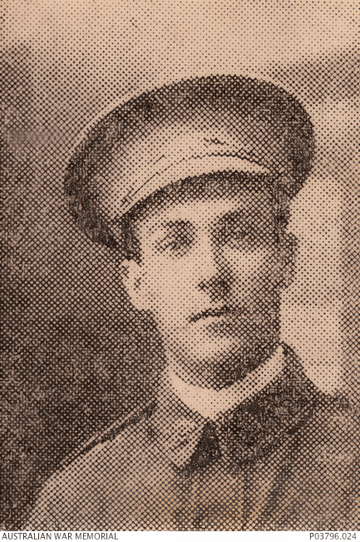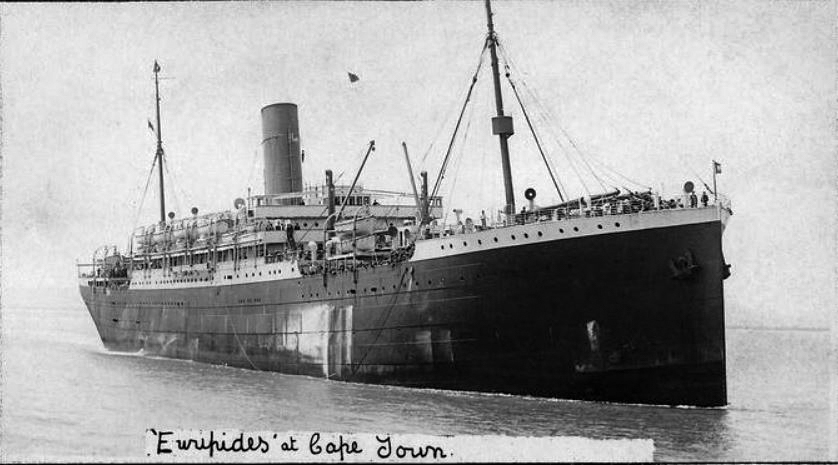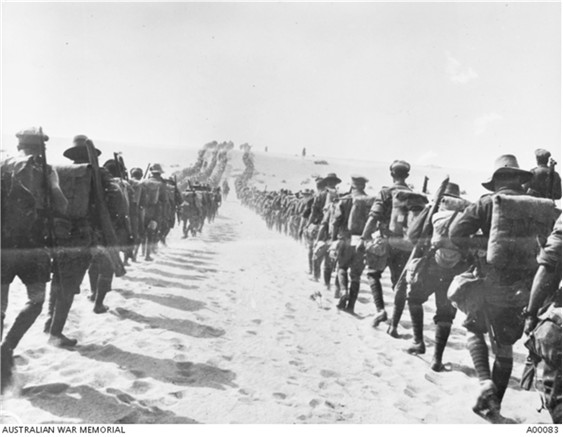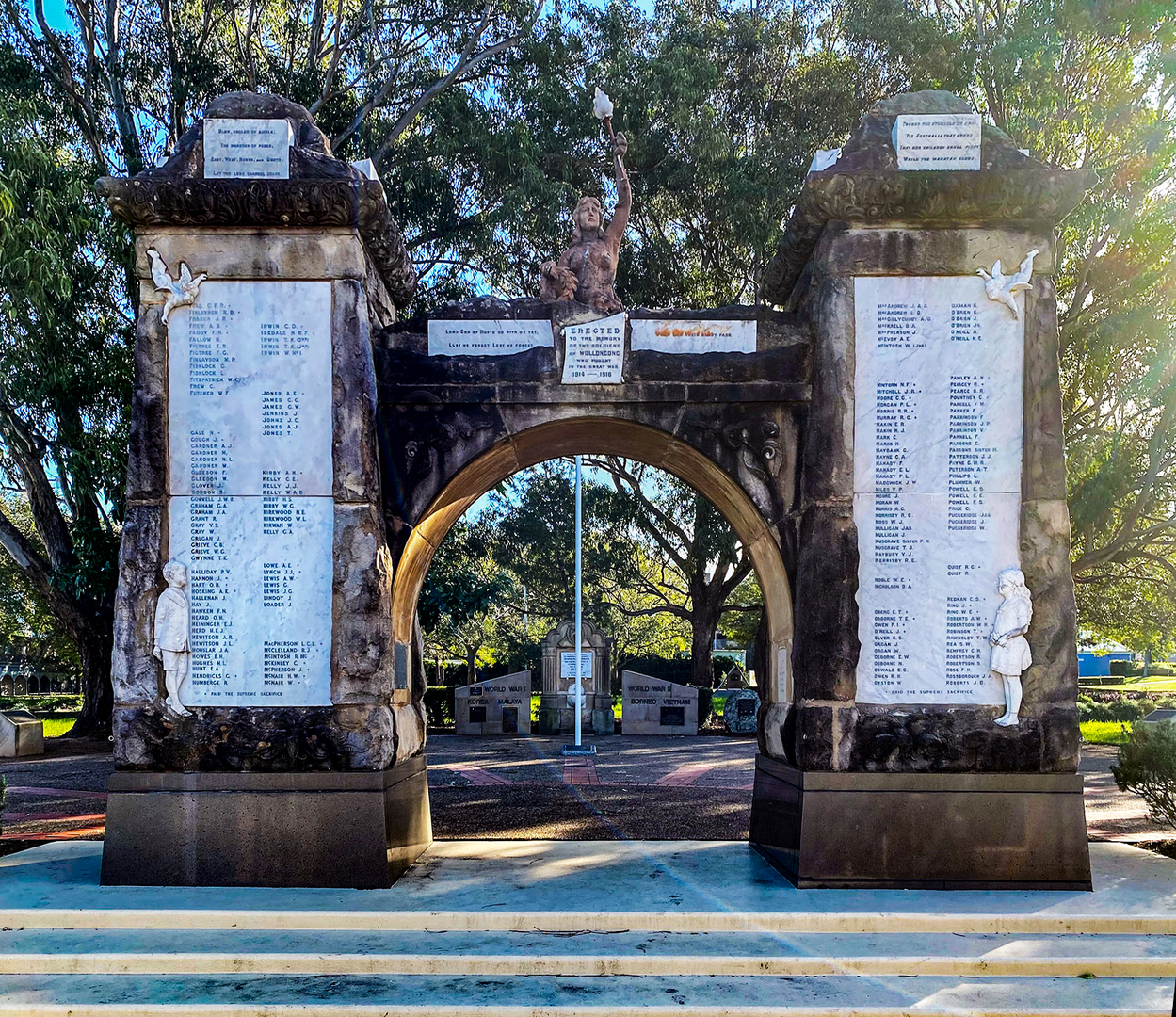Rupert Gustav QUIST
Eyes brown, Hair brown, Complexion dark
“Rupert Gustav Quist – The Young Dentist Lost at Fromelles”
Can you help find Rupert?
Rupert Quist was killed in action at Fromelles on 19 July, 1916, but his body was never found and there are no records of his burial. A mass grave was found in 2008 at Fromelles, a grave the Germans dug for 250 Australian soldiers they recovered after the battle.
As of 2024, 180 of these soldiers have been able to be identified via DNA testing. Rupert may be among these remaining unidentified men.
There is still a chance to identify him — but we need help.
We welcome all branches of his family to come forward to donate DNA to help with his identification.
See the DNA box at the end of the story for what we do know about his family.
If you know anything of contacts for Rupert, please contact the Fromelles Association
Early Life
Rupert Gustav Quist was born in 1895 at Kempsey, New South Wales, the third child of John Henry Quist, a dentist, and Olive Maud Margaretta Quist (née Lee). Rupert’s paternal grandparents were Christian Ludwig Quist (1818–1877) and Anna Dorothea Pries (1831–1908), German immigrants who had settled in Australia. His maternal grandparents were Henry William Turner Lee (1848–1921) and Margaretta Susan Sheppard (1848–1925), prominent figures in Gladstone, Macleay River, NSW.
Rupert grew up in a large family and was one of six siblings:
- Harry Roy (1890–1971) – AIF, married Florence Stimbles
- Olivette (1892–1948) – married Edward Burrow
- Rupert Gustave (2895-1916) KIA Fromelles
- Marie (1901–1902) – died as an infant
- Maisie Margaretta (1905– ) – married Theo Grant
- Henry Neville (1906– 1998) | married Isabel Sterling
- John Noel “Jim” (1912–1998) – married Joyce Foley
Rupert attended West Kempsey Superior Public School and later boarded at The King’s School, Parramatta, one of New South Wales’ leading educational institutions. Rupert was known for his intelligence, quiet manner, and dedication to study. Following school, he joined his father in their dental practice at Wollongong, training as a dental mechanic.
Rupert grew up surrounded by a strong sense of service and community involvement. His older brother Roy worked as a clerk before enlisting early in the war, while their younger brother John Noel (“Jim”) would later serve in the Second World War and endure years as a Prisoner Of War in Germany.
Off to War
Roy enlisted on 10 June 1915 with the 19th Battalion, 3rd Reinforcements, later transferring to the Australian Signals Corps Signal Company. With the war intensifying — and inspired by his brother’s example — Rupert joined the AIF on 29 July 1915 at Liverpool, New South Wales and was assigned to the 11th Reinforcements for the 3rd Battalion. He was only 20 years old.
Rupert’s family held high hopes for him. Having completed a respected education at The King’s School, with a profession already established, he might have avoided enlistment; however like so many young men of his generation, Rupert felt it was his duty to serve. In July 1915, local newspapers noted:
“Mr. R-G. Quist, son of Mr. Quist, dentist, of Crown-street, is proceeding to Sydney next week to volunteer.”
Roy was the first to depart, leaving Australia, in August 1915 whilst Rupert was just beginning his training. Roy was farewelled by friends and colleagues with gifts:
“Mr. Roy Quist, son of a former Kempsey dentist and grandson of Mr. and Mrs. H. W. T. Lee of Gladstone, left for the front early this month… We understand his brother Rupert is now in camp at Liverpool getting ready to take part in the fray.”
Rupert was not far behind, embarking from Sydney on 2 November, 1915 aboard HMAT A14 Euripides.
Training continued in Egypt. On 16 February he was transferred to the newly formed 53rd Battalion at the training camp at Tel-el-Kebir, which was about 110 km northeast of Cairo. The 40,000 men in the camp were comprised of Gallipoli veterans and the thousands of reinforcements arriving regularly from Australia. With the ‘doubling of the AIF’ as it expanded from two infantry divisions to five, there was a major reorganisation.
The 53rd Battalion was formed on 16 February 1916 and was made up of Gallipoli veterans from the 1st Battalion and the new recruits from Australia. The Gallipoli soldiers in the 53rd were not slow in pointing out to whoever would listen that they were the “Dinkums” and the new recruits were the “War Babies”. Source: - AWM4 23/70/1, 53rd Battalion War Diaries, Feb-July 1916, page 3
In March they were sent to Ferry Post, on foot, a trip of about 60 km that took three days. It was a significant challenge, walking over the soft sand in the 38°C heat with each man carrying their own possessions and 120 rounds of ammunition. Many of the men suffered heat stroke.
Once there, Rupert remained at Ferry Post guarding the Suez Canal from any potential threats posed by the Ottoman Army until 16 June when they began the move to the Western Front. 32 officers and 958 soldiers of the 53rd left Alexandria on 19 June on the troopship HMT Royal George, bound for Marseilles, France to become part of the British Expeditionary Force (BEF) on the Western Front.
They arrived in Marseilles on 28 June and immediately entrained for a 62-hour journey north to Hazebrouck before finally marching into the camp at nearby Thiennes in northern France. During their trip it was noted that their ‘reputation had evidently preceded them’, as they were well received by the French at the towns all along the route.
Source - AWM4 23/70/2 53rd Battalion War Diaries February - June 1916, p. 4
This area near Fleurbaix was known as the “Nursery Sector” – supposedly a relatively quiet area where inexperienced Allied troops could learn the harsh realities of Western Front trench warfare against the Germans. But the quiet times and the training period did not last long.
The Battle of Fromelles
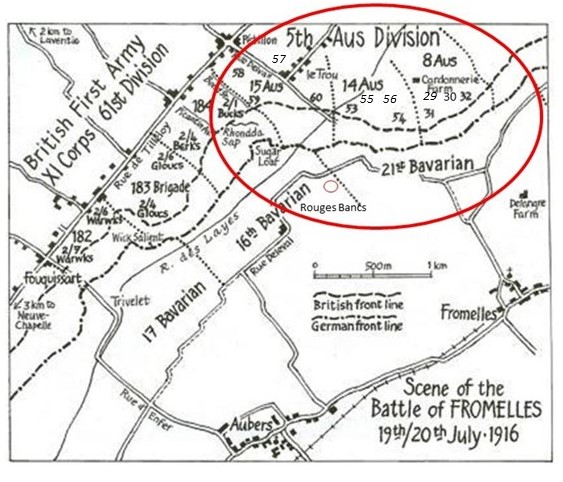
On 10 July, the 53rd entered trenches for the first time. Rain flooded the communication trenches, artillery fire harassed supply lines, and the soldiers dug in amid the mud and barbed wire of No-Man’s-Land.
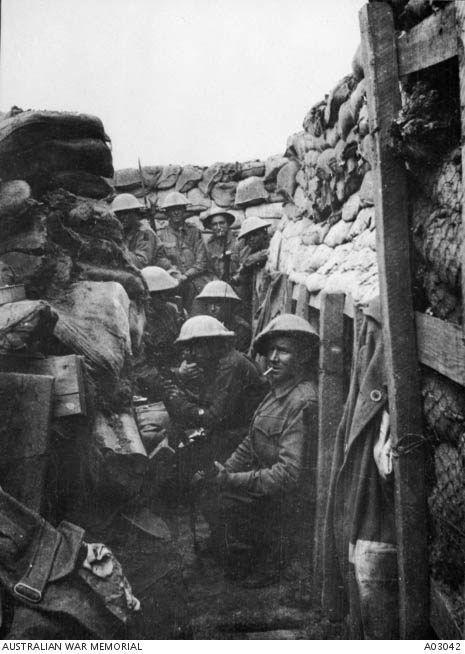
The 53rd then rotated between billets and the line. The men knew something was coming. They rehearsed attacks in replica trench systems, inspected bayonets, and watched as huge guns rolled into place behind the lines. Then on 16 July, they moved up for an attack on the 17th, only to have it postponed due to weather. The delay proved torturous. Private Jim Granger (4784), a young Dorrigo soldier, described the tension in his dugout:
We were held in suspense for three days… like a criminal waiting to hear the verdict. We had no dugouts where we were in the supports and shrapnel was bursting all round.”
On the 19th, heavy bombardment was underway from both armies by 11.00 AM. At 4.00 PM the 54th rejoined on their left. All were now in position for battle. Zero Hour for advancing from their front-line trenches was to be 5.45 PM, but the Germans knew this attack was coming and were well-prepared. They opened a massive artillery bombardment on the Australians at 5.15 PM, causing chaos and many casualties.
The main objective for the 53rd was to take the trenches to the left of a heavily armed, elevated German defensive position, the ‘Sugar Loaf’, which dominated the front lines. If the Sugar Loaf could not be taken, the 53rd and the other battalions would be subjected to murderous enfiladed fire from the machine guns and counterattacks from that direction. As they advanced, they were to link up with the 60th and 54th Battalions on their flanks.
The Australians went on the offensive at 5.43 PM. They moved forward in four waves – half of A & B Companies in each of the first two waves and half of C & D in the third and fourth. They did not immediately charge the German lines, they went out into No-Man’s-Land and lay down, waiting for the British bombardment to lift. Private Arthur Norton Crewes (4755) wrote of the time:
“At 5.43 pm the signal for the charge sounded, and over the top we went into the face of death, shells bursting, machine guns rattling and rifles crackling.”
At 6.00 PM the German lines were rushed. The 53rd were under heavy artillery, machine gun and rifle fire, but were able to advance rapidly. Corporal J.T. James of C Company (3550) reported:
“At Fleurbaix on the 19th July we were attacking at 6 p.m. We took three lines of German trenches”
As below, the 14th Brigade War Diary notes that the artillery had been successful and “very few living Germans were found in the first and second line trenches”, but within the first 20 minutes the 53rd lost ALL the company commanders, ALL their seconds in command and six junior officers.
Source - AWM C E W Bean, The AIF in France, Vol 3, Chapter XII, pg 369
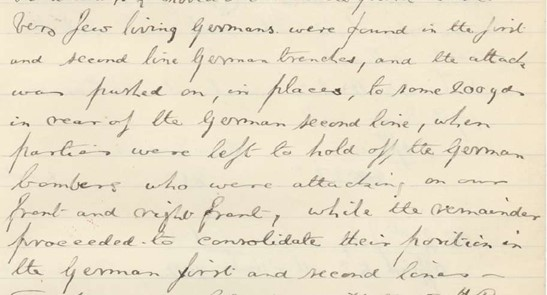
Some of the advanced trenches were just water filled ditches, which needed to be fortified by the 53rd to be able to hold their advanced position against future attacks. They were able to link up with the 54th on their left and, with the 31st and 32nd, occupy a line from Rouges Bancs to near Delangre Farm, but the 60th on their right had been unable to advance due to the devastation from the machine gun emplacement at the Sugar Loaf.
They held their lines through the night against “violent” attacks from the Germans from the front, but their exposed right flank had allowed the Germans access to the first line trench BEHIND the 53rd, requiring the Australians to later have to fight their way back to their own lines. By 9.00 AM on the 20th, the 53rd received orders to retreat from positions won and by 9.30 AM they had “retired with very heavy loss”.
Source - AWM4 23/70/2 53rd Battalion War Diaries July 1916 page 7
Of the 990 men who had left Alexandria just weeks before, the initial count at roll call was 36 killed, 353 wounded and 236 missing.
“Many heroic actions were performed.”
To get some perspective of the battle, when Charles Bean, Australia’s official war historian, attended the battlefield two and half years later, he observed a large quantity of bones, torn uniforms and Australian kit still on the battlefield. The final impact of the battle on the 53rd was 245 soldiers were killed or died from their wounds and, of this, 190 were not able to be identified
After the Battle
Rupert’s family received news that he was missing, but no further details were able to be provided. The Army and the Red Cross did make extensive searches for information on all missing soldiers, but there are no witness statements availabe about what happened to Rupert. Eventually, his death was officially confirmed at an Enquiry in the Field on 2 September 1917:
“Private Rupert G. Quist, reported missing, was 22 years of age, and was a dentist at Wollongong.”
And another a few weeks later:
“Mr. and Mrs. Quist, of Wollongong, have received word that their son… was killed in action on that date.”
Rupert has no known grave.
The family never stopped feeling his loss
His parents, John and Olive, never stopped mourning their son. They placed memorial notices for him year after year, ensuring his name was never forgotten within the family or community. His maternal grandparents, Henry William Turner Lee and Margaretta Susan Sheppard, also grieved his loss. In 1918, they placed a memorial notice saying:
“QUIST. — In loving memory of Private Rupert G. Quist, B Company, 53rd Batt., 14th Brigade, killed in action, July 19th, 1916, aged 21 years.He died that we might live.Inserted by his loving grandparents, Mr. and Mrs. H. W. T. Lee, Gladstone.”
As late as 1943, 27 years after his death – Rupert’s family continued to publish memorial notices, marking the date each July with simple words:
“Rupert Quist killed in action July 19, 1916, aged 21 years. Inserted by his loving parents and brothers and sisters.”
Rupert is commemorated at:
- V.C. Corner Australian Cemetery Memorial, Fromelles, France (Panel 9)
- Australian War Memorial Roll of Honour, Canberra (Panel 158)
- Wollongong Cenotaph, MacCabe Park, NSW
- Gladstone War Memorial, where a tree was planted in his name alongside one for his brother Roy in 1920
In 1920, the Gladstone community planted a memorial tree in Rupert’s honour alongside a tree that was planted for his brother Roy at the local War Memorial, ensuring their service and sacrifice would not be forgotten. At the unveiling of the Gladstone War Memorial, Brigadier-General Cox said:
“I don't think there is any way in which you can honour a soldier more than to put his name here where it may be seen for all generations.”
Reverend C.J. Chambers reminded all present:
“This monument was a witness that our men were not forgotten, and we did not intend that they should be forgotten… It was a grand thought that irrespective of race or creed or colour they were assembled that day as one to honour the fallen.”
For his family and community, Rupert remains the bright young dentist who never returned, honoured forever as one who gave his life in the service of others.
Roy returned to Australia on 4 July 1919 and married Florence M. Stimbles in 1922. He died in Sydney in 1971, aged 81, and was buried at Woronora Memorial Park. Jim served in World War II with the 2/1st Australian Infantry Battalion and he fought in Libya, Greece, and Crete. In May 1941, he was captured during the Battle of Crete and spent four years as a Prisoner Of War in Germany.
After the war, Jim married and had four children. He passed away on 10 April 1998 and is commemorated at the New South Wales Garden of Remembrance, Rookwood. Together, the Quist brothers’ stories reflect a family’s courage and loss – Rupert, the young dentist killed at Fromelles; Roy, the clerk who served from Gallipoli to France and returned; and Jim, the WWII soldier who survived years in German POW camps. Their service forms a powerful legacy in Australian history.
Finding Rupert
After the battle, the Germans recovered 250 Australian soldiers and placed them in a burial pit at Pheasant Wood. This grave was discovered in 2008 and since then efforts have been underway to identify these soldiers by DNA testing from family members. As of 2024, 180 of the soldiers have been identified, including 15 of the 190 unidentified soldiers from the 53rd Battalion.
We welcome all branches of Rupert’s family to come forward to donate DNA to help with his identification.
If you know anything of family contacts from the Quist and Lee families from Kempsey, Wollongong, and Gladstone, please contact the Fromelles Association.
Please see the DNA summary at the end of this story for what we do know about the families. We hope that one day Rupert will be named and honoured with a known grave.
Please visit Fromelles.info to follow the ongoing identification project and Rupert’s story.
DNA samples are being sought for family connections in Australia to
| Soldier | Rupert Gustav Quist (1895–1916) |
| Parents | John Henry (aka Hans John) Quist (1863–1948) and Olive Maud Margaretta Lee (1871–1945) |
| Siblings | Harry Roy Quist (1890–1971) | married Florence Stimbles | |
| Olivette Quist (1892–1948) | married Edward Burrow | ||
| Marie Quist (1901–1902) | died young | ||
| Maisie Margaretta Quist (1905–) | married Theo Grant | ||
| Henry Neville Quist (1906–1998) | married Isabel Sterling | ||
| John Noel “Jim” Quist (1912–1998) | married Joyce Foley |
| Grandparents | |||
| Paternal | Christian Ludwig Quist (1818–1877) and Anna Dorothea Pries (1831–1908) | ||
| Maternal | Henry William Turner Lee (1848–1921) and Margaretta Susan Sheppard (1848–1925) |
Seeking DNA Donors

Contacts
(Contact: carla@fromelles.info or geoffrey@fromelles.info).
(Contact: army.uwc@defence.gov.au or phone 1800 019 090).
Donations
If you are able, please contribute to the upkeep of this resource.
(Contact: bill@fromelles.info ).
